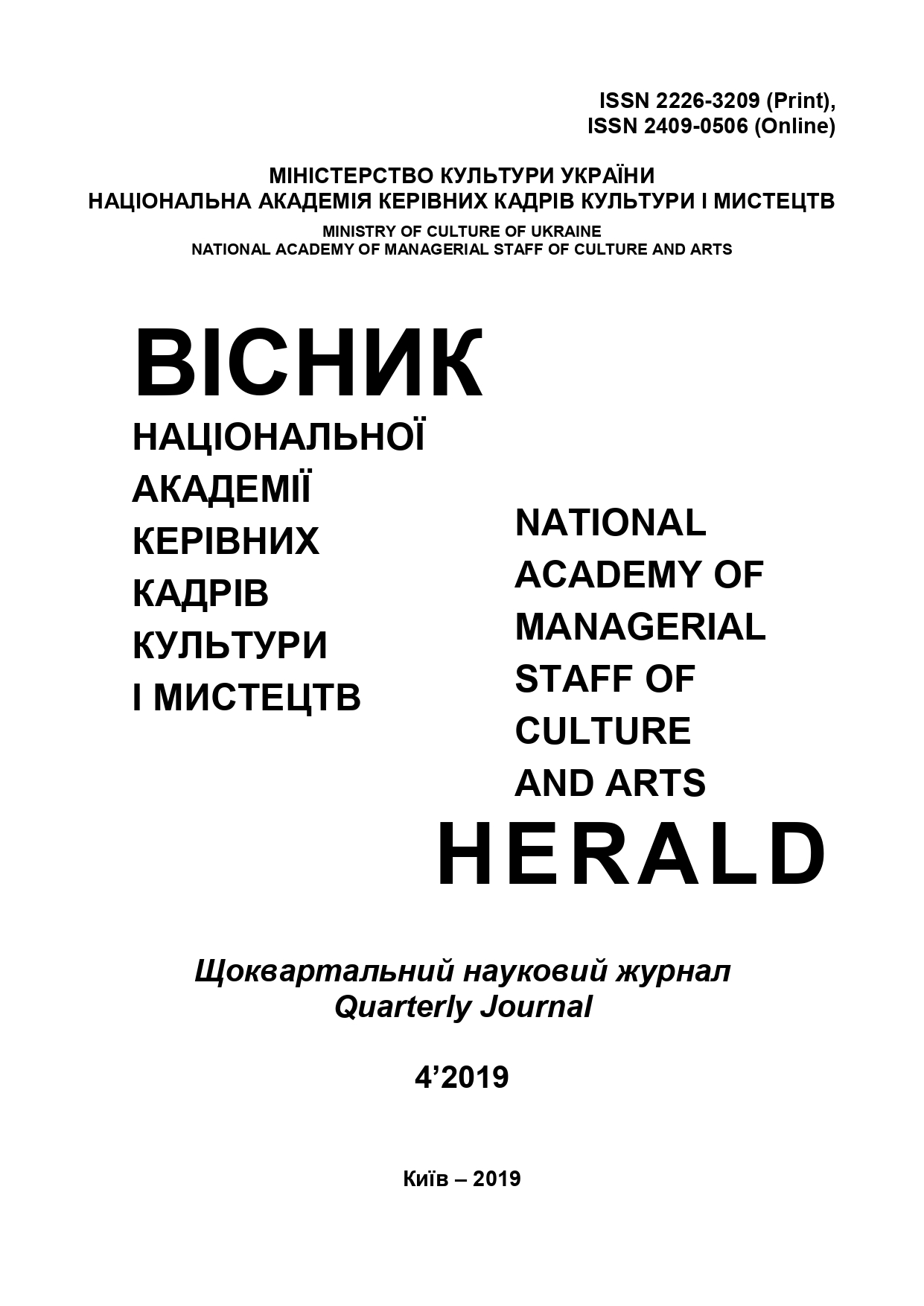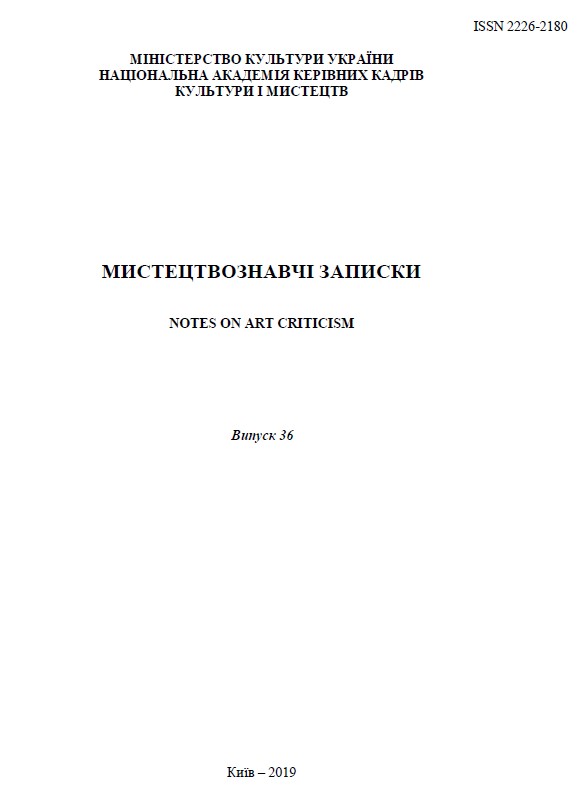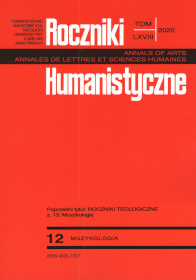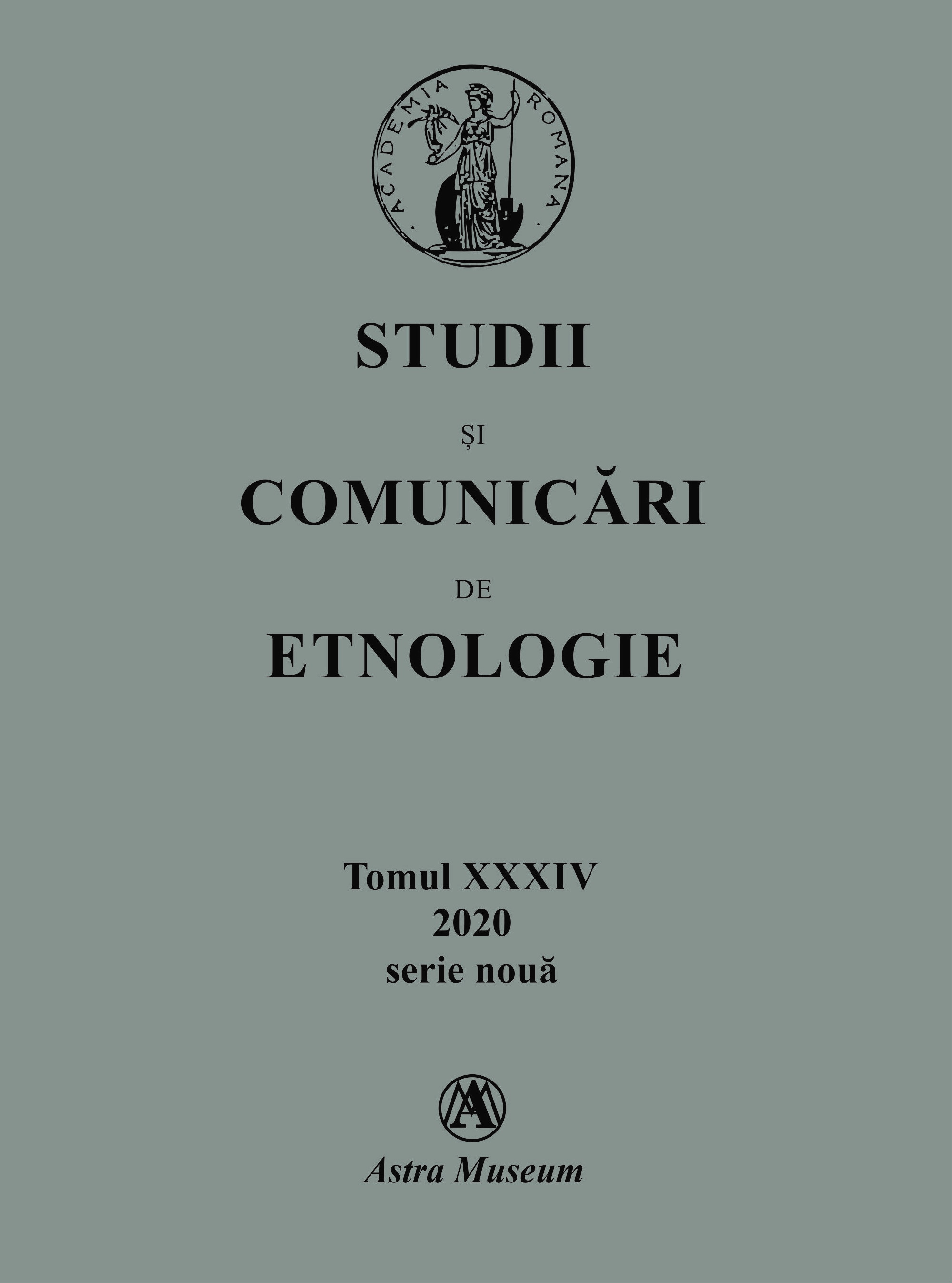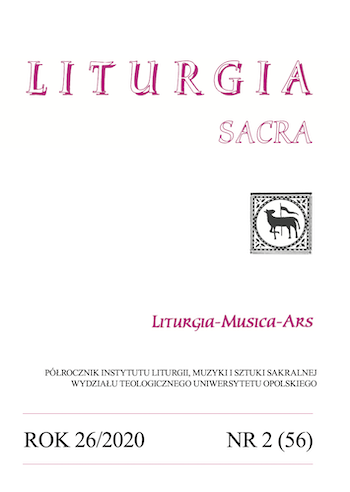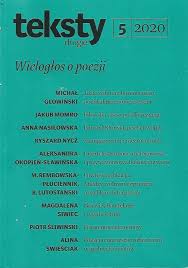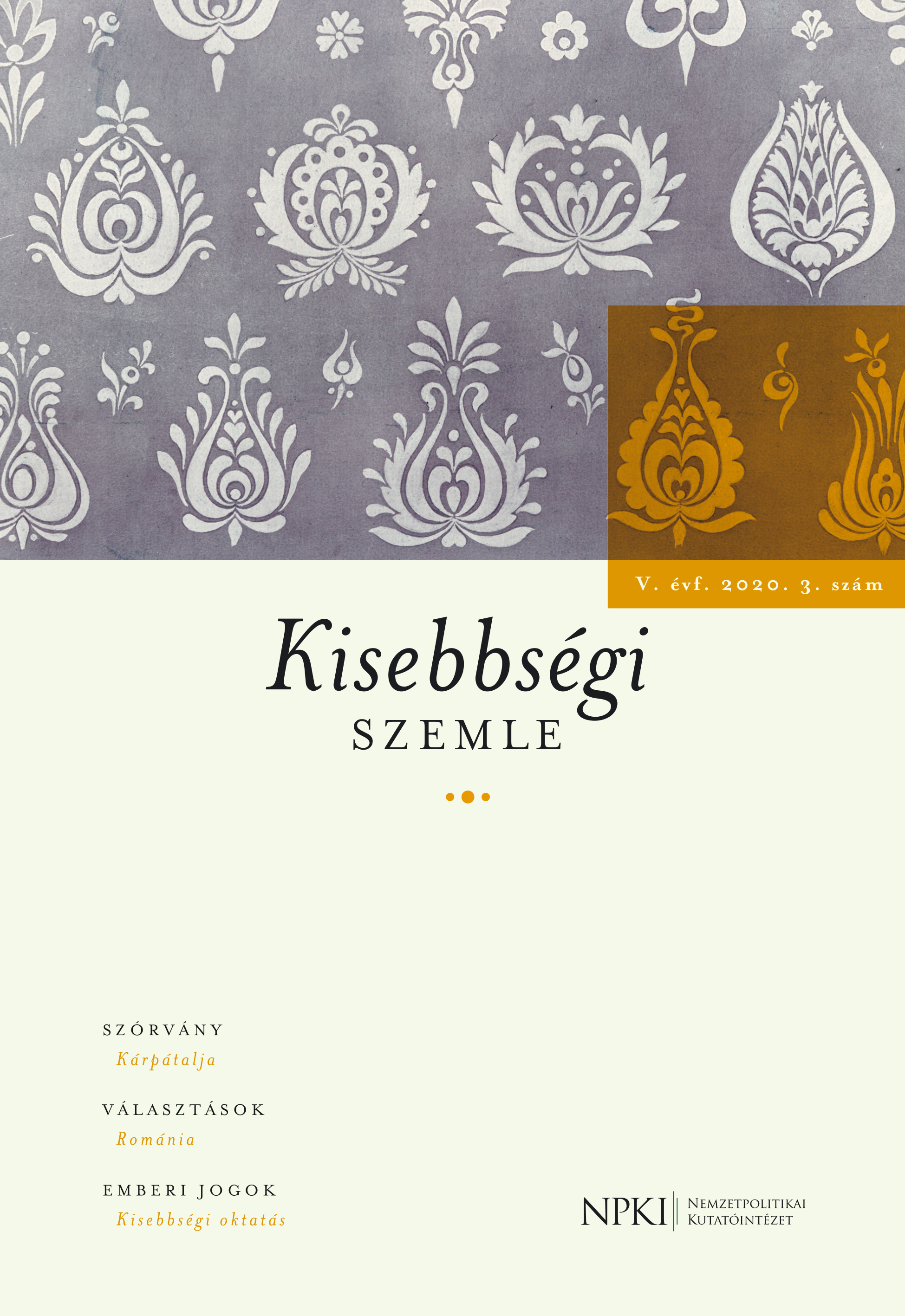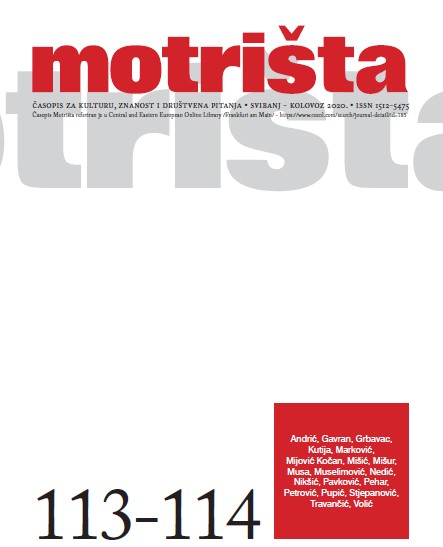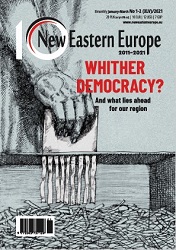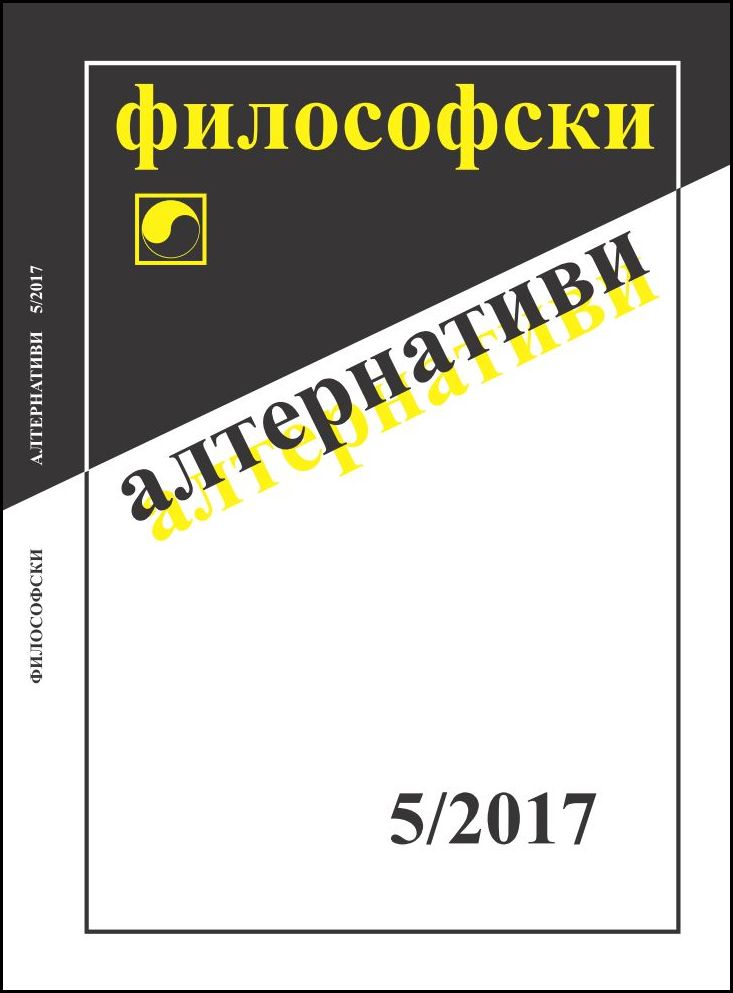
ЗВУКЪТ КАТО СМИСЪЛ
This article attempts to approach three problems: 1) What does it mean that a work of music exists? 2) How does the experiencing of a musical artwork come into being? 3) Why does the world of a musical artwork remain ineffable? As to the problem of question 1), the solution the author proposes is that any musical artwork possesses an intermittent existence, devoid of the sort of permanence one finds in works of other arts. The problem referred to by question 2) concerns the conditions of possibility to intellectually experience a musical artwork; here an answer is sought by connecting time-consciousness and intentionality, phenomenologically interpreted. The problem referred to by question 3), regarding musicalitas ineffabilis, is addressed here as related to a certain primacy (both ontological and aesthetic) of the yet unfinished becoming over the now finished being
More...
